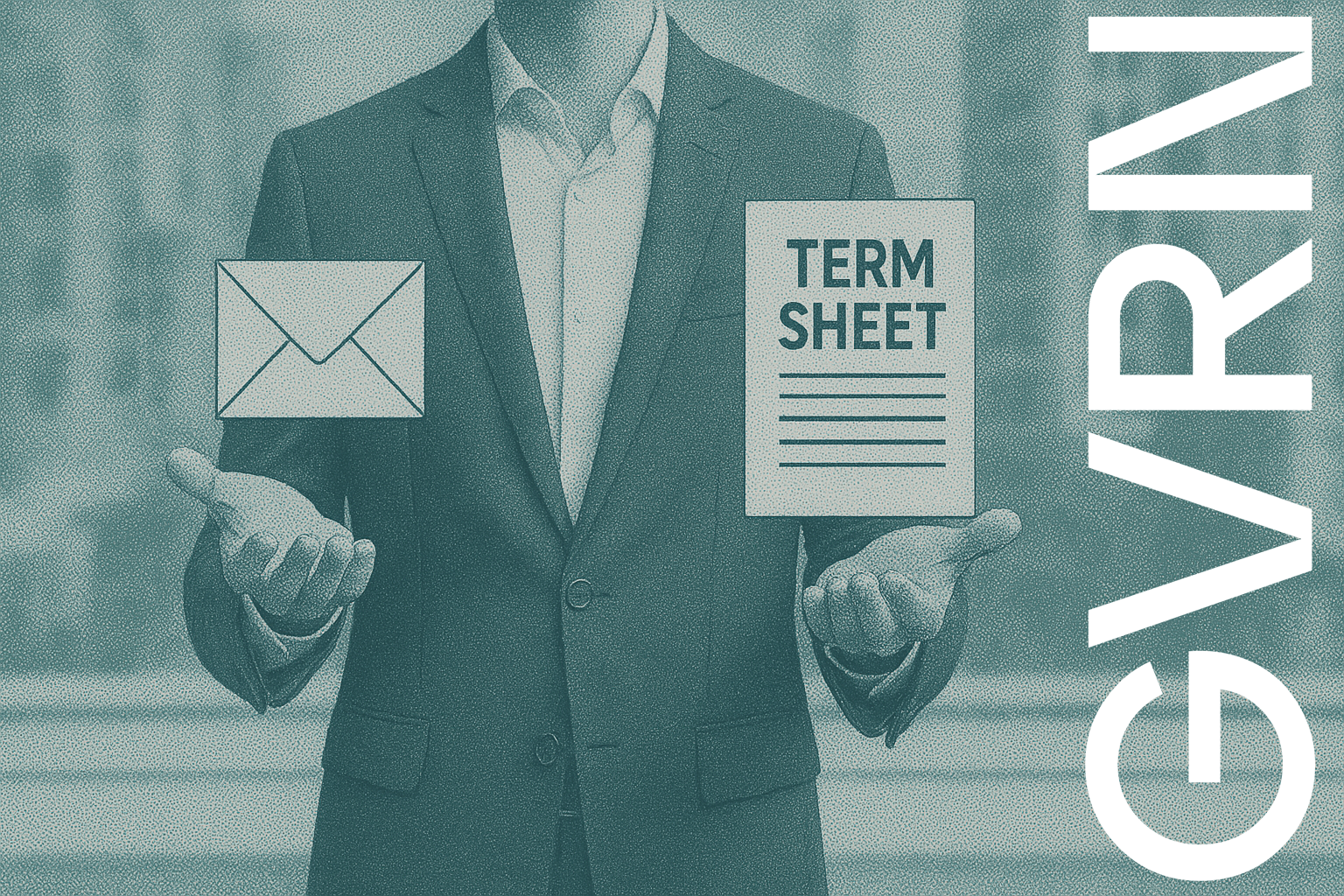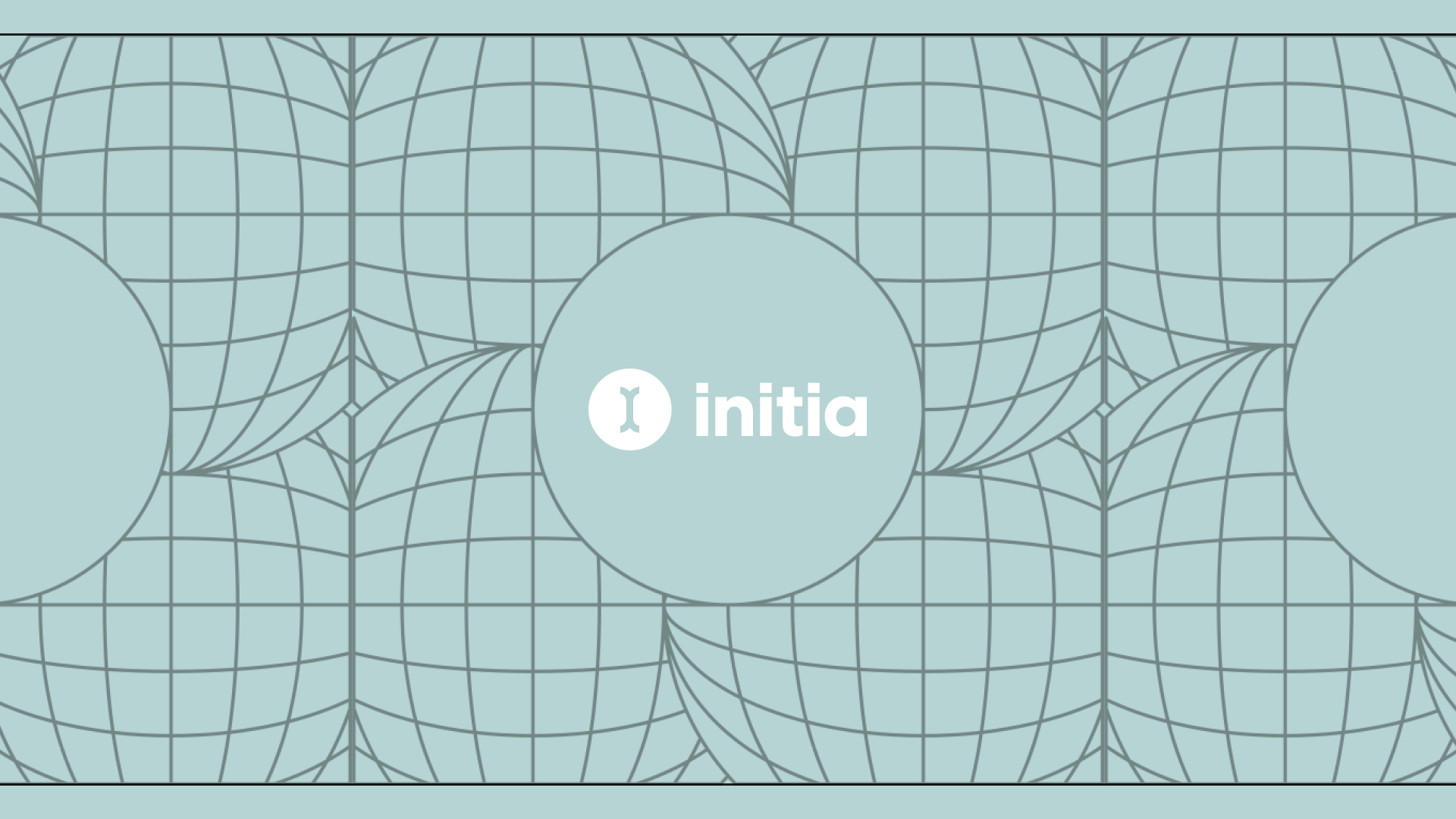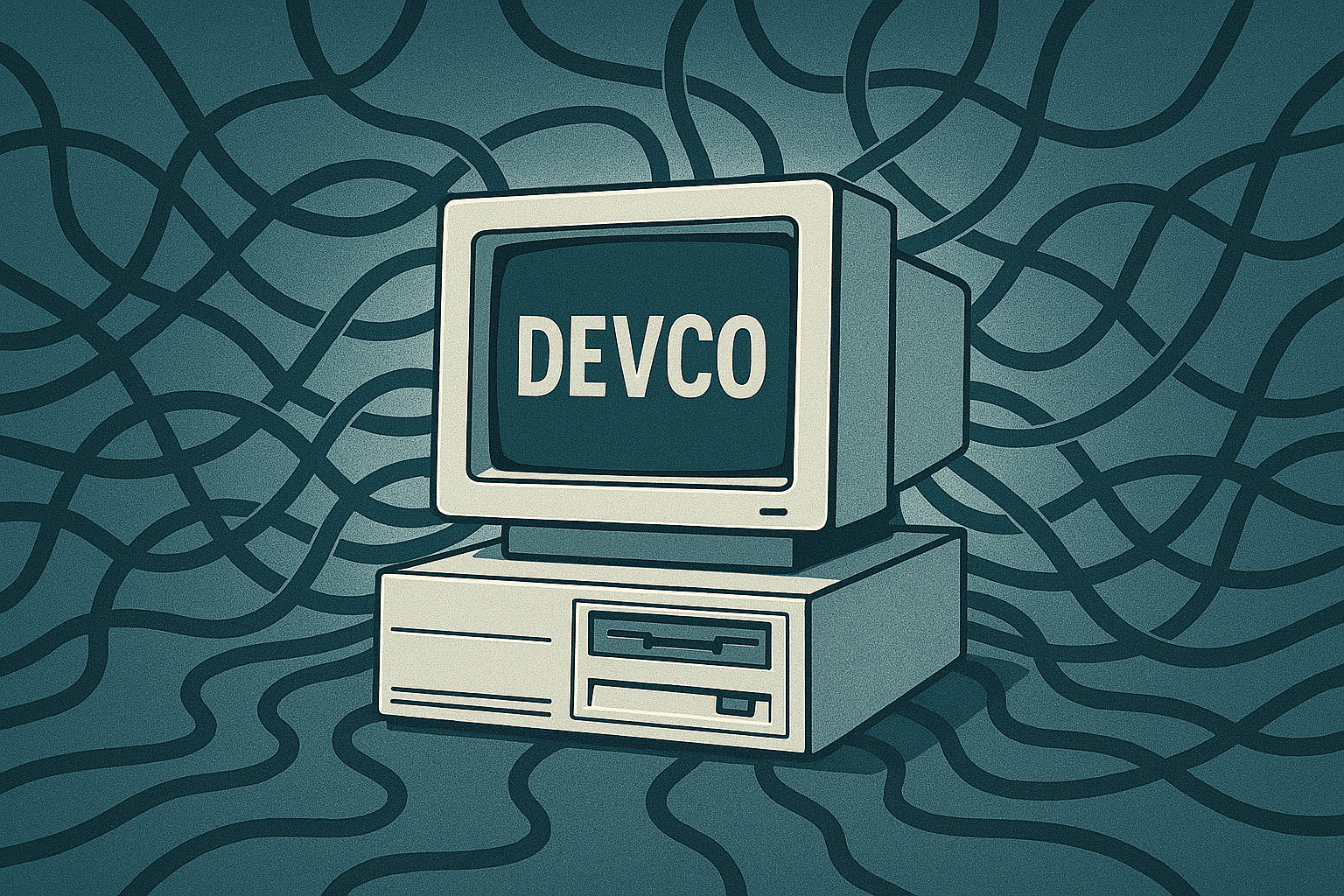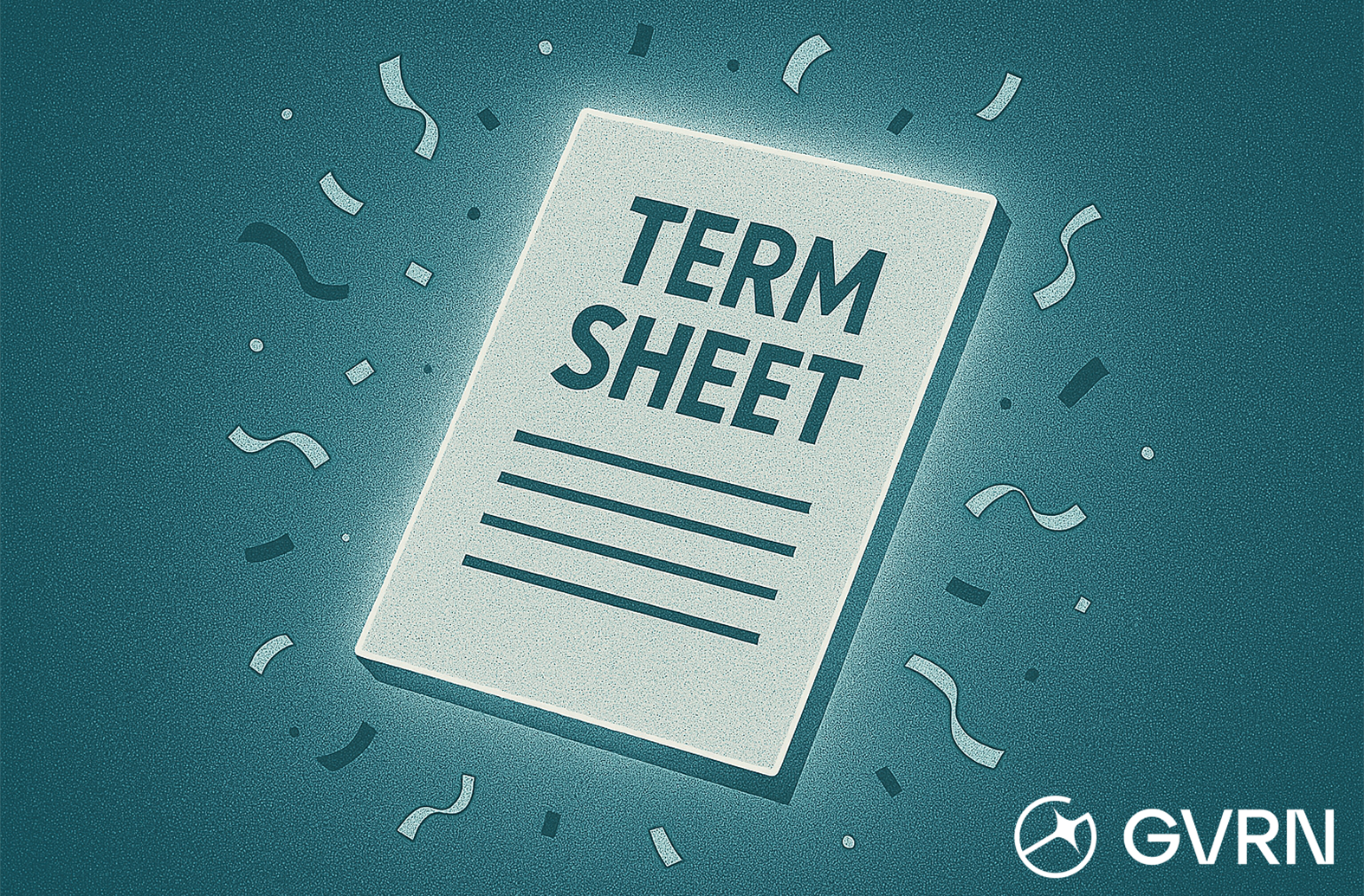Winning Before You Launch: Lessons from Initia’s TGE Prep
In Web3, the clock doesn’t start at your Token Generation Event (TGE), it starts weeks, sometimes months before. By the time the token hits wallets, half the battle has already been won (or lost) in the prep phase.
When Initia approached their TGE, they didn’t gamble on last-minute fixes. They locked arms with GVRN early, turning high-stakes legal, structural, and brand moves into a frictionless launch runway.
Here’s how that played out, and why these steps are non-negotiable for any serious founder.
1. Build the Right Corporate Structure Before You Build Hype
In Web3, your legal architecture is part of your product architecture. Code may run your protocol, but your corporate structure keeps the project alive when regulators, counterparties, or tax authorities start asking questions.
A multi-entity structure is the gold standard. It creates firebreaks between risk zones, keeps your token cleanly separated from your operating business, and sets the stage for regulatory compliance across jurisdictions.
The three key building blocks most serious projects use are:

Initia’s move:
They began as a single entity incorporated in Panama. As their project grew, they restructured to clearly separate functions, placing each activity in its optimal jurisdiction. That meant walking into TGE day already aligned with best-practice compliance and liability protections.
Founder takeaway:
You don’t need all entities on day one, but don’t wait until you’re already under the TGE spotlight to start setting them up.
2. Your T&Cs and Privacy Policy Are Not Template, They’re Shields
Too many Web3 projects treat Terms & Conditions and Privacy Policies like copy-paste chores. The reality? These are your first line of defense when regulators, investors, or users come knocking.
Generic language might miss critical disclaimers, fail to meet jurisdiction-specific privacy laws, or simply not match how your protocol actually works. That’s a legal booby trap waiting to go off.
Initia’s move:
They worked with GVRN to tailor every clause, from risk disclosures to data handling to fit their product’s exact mechanics and global user base.
Why it matters:
- Compliance: Avoid silent violations of GDPR, CCPA, or PDPA.
- Enforceability: Unclear terms lead to long and drawn out litigation.
- Reputation: Transparent, precise language builds trust with users and investors alike.
Founders takeaway:
- Custom-Language for key risks: Include clear, plain-language explanations of protocol risks, financial disclaimers, and technical limitations.
- Geo-specific considerations: If your users are global, address local privacy laws, data hosting, and user jurisdiction exclusions (especially for sanctioned countries).
- Update regularly: Treat your T&Cs and Privacy Policy as living documents, update them with each major feature release or governance shift.
3. Trademark Early, Trademark Smart
Web3 moves fast. Opportunists move faster. Your brand can be cloned, squatted, or diluted before your protocol gains traction.
The myth: one trademark protects you globally.
The truth: trademarks are territorial, and must be filed in each jurisdiction where you want protection. The Madrid Protocol helps by centralizing applications, but every country still applies its own rules.
Initia’s move:
They mapped their target markets pre-TGE and filed strategically, ensuring their brand was protected where it mattered most.
Founder takeaway:
Filing late or in the wrong places can block you from entering key markets or force expensive disputes just to use your own name.
The GVRN Playbook for Pre-TGE Readiness
A successful TGE is rarely an accident. It’s the product of structural foresight, tailored legal coverage, and brand protection, all in place before your token hits the chain.
When Initia hit their launch date, they weren’t scrambling. They were executing. And that’s the position every founder should be in: free to pitch, close, and build without friction, because the legal groundwork is already holding strong.
At GVRN, we build that difference into every founder’s journey, so when the world is watching, you can stand tall, deliver, and keep building the future you set out to create.
Related Blogs
Browse all Blogs.svg)
Version 1.2.0 | Checksum: F8A9–2034
Built from Singapore. Working globally.
Compliance, governance & legal architecture for protocols, DAOs, and founders.
.svg)
.png)
.png)







